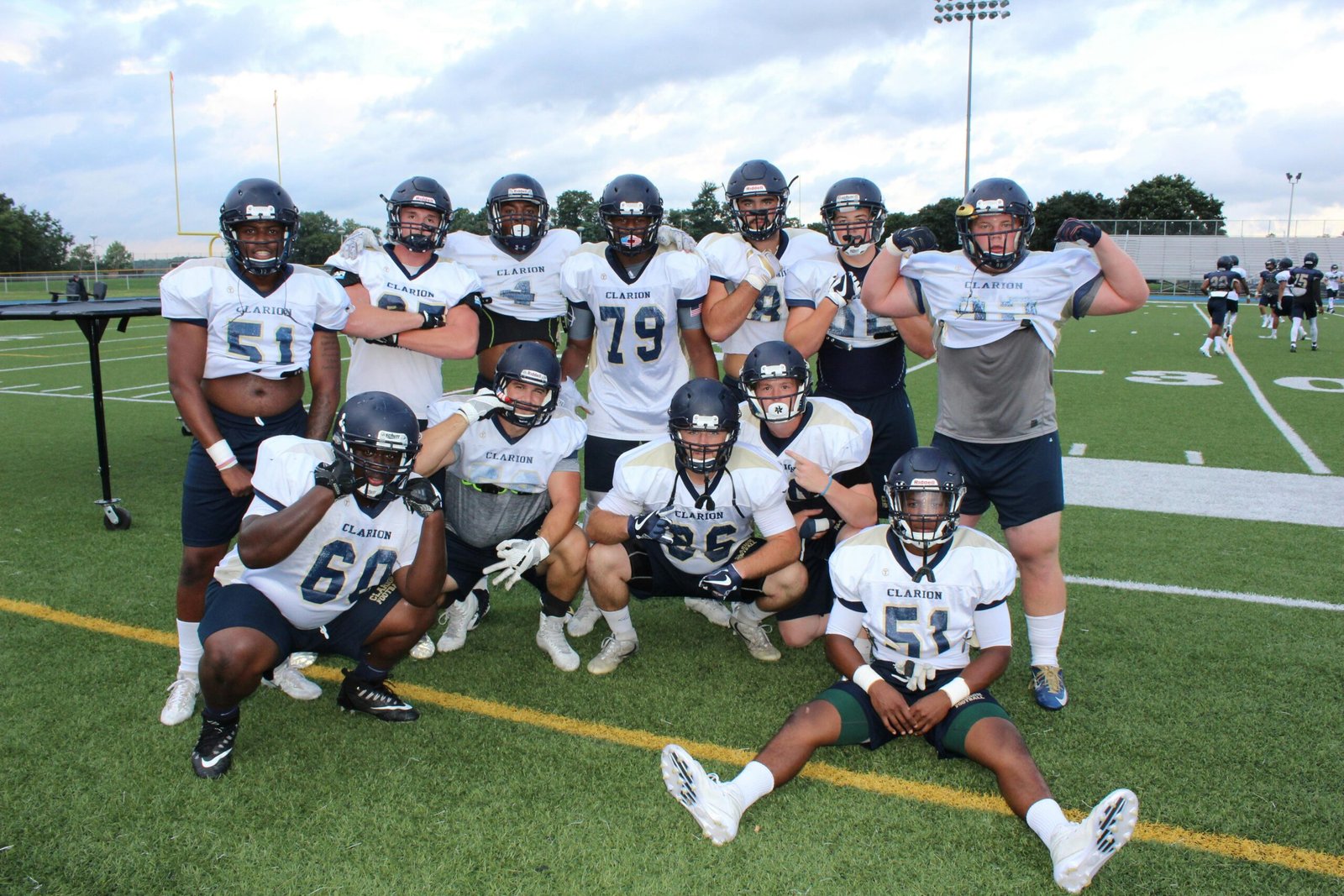Attracting new members is only the beginning of the journey for a sports club. The real challenge lies in making sure that those who sign up feel welcome, supported, and motivated to stay. A strong onboarding process is the bridge between recruitment and retention. Without it, new members can quickly feel lost or disconnected, leading to high drop-out rates.
Onboarding is more than just paperwork. It is about creating a positive first impression, providing clear information, integrating members into the community, and supporting them during their early experiences. This guide covers everything clubs in the UK need to know about onboarding, from communication and induction to mentoring, safeguarding, and feedback.
Why Onboarding Matters
Clubs that invest in onboarding often enjoy higher retention rates, stronger member satisfaction, and greater word-of-mouth recruitment. For new members, joining a club can feel daunting. They may not know anyone, understand the culture, or feel confident in their ability. A well-structured onboarding programme helps overcome these barriers.
Benefits of effective onboarding include:
- Increased likelihood of members staying beyond the first few months
- Improved confidence and engagement from new players and volunteers
- Clearer understanding of club rules, culture, and expectations
- Stronger community connections, leading to referrals and advocacy
Preparing for New Members
Onboarding starts before the first session. Clubs that prepare properly set the tone for professionalism and inclusivity.
Key steps include:
- Creating a welcome pack with essential information such as training times, kit requirements, fees, safeguarding policies, and contact details
- Preparing registration forms that capture emergency contacts, medical information, and consent for photography
- Updating the club website and social media with clear joining instructions and FAQs
- Ensuring coaches and volunteers are briefed to expect new members and know how to introduce them
In the UK, safeguarding requirements are particularly important for junior members. Clubs should ensure they have up-to-date safeguarding officers, DBS-checked volunteers, and visible safeguarding policies.
First Impressions Count
The first session a new member attends is crucial. Clubs should assign a volunteer or coach to greet newcomers personally, explain what will happen, and introduce them to others. Small touches like name badges at taster sessions, a designated “buddy,” or a group WhatsApp invite help reduce anxiety.
Simple ways to create a welcoming atmosphere include:
- Greeting new members by name where possible
- Pairing them with an experienced member to guide them through the session
- Offering a clear structure, so they know what to expect
- Providing positive reinforcement, particularly for beginners
Induction Sessions
An induction session provides an opportunity to formally introduce new members to the club. Depending on the size of the club, this could be a group event or an individual conversation.
Topics to cover include:
- Club history, ethos, and values
- Code of conduct for players, volunteers, and parents
- Training and match schedules
- Membership fees, payment processes, and fundraising opportunities
- Volunteering pathways for those interested in helping beyond playing
Some clubs run specific induction evenings, combining presentations with informal social time. For example, a hockey club in Kent runs quarterly welcome nights where new members meet committee members, enjoy light refreshments, and receive their welcome packs.
Communication During Onboarding
Clear, regular communication is essential. A single welcome email is rarely enough. Instead, onboarding should include a sequence of messages across the first few weeks.
A typical communication plan might include:
- A welcome email within 24 hours of sign-up, including essential details and a friendly message
- A follow-up message after the first session, thanking them for attending and sharing photos or feedback opportunities
- An invitation to join communication channels such as WhatsApp groups, Facebook groups, or club apps
- A reminder about fees once they have attended two or three sessions, with clear instructions on how to pay
Clubs can use free tools such as Mailchimp for automated email sequences, or simple WhatsApp broadcast lists for regular updates.
Mentoring and Buddy Systems
One of the best ways to integrate new members is through mentoring or buddy systems. Pairing a newcomer with an experienced member provides social support and practical guidance.
Benefits include:
- Faster integration into the club’s culture and routines
- Someone to answer questions about kit, schedules, and expectations
- Greater likelihood of building friendships and staying engaged
Junior clubs often use older players as mentors for younger recruits, while adult clubs may assign captains or senior players to guide beginners.
Social Integration
Sport is as much about community as it is about competition. New members who make friends are more likely to stay. Clubs should prioritise social integration as part of onboarding.
Effective strategies include:
- Organising informal post-training socials such as café visits or pub trips
- Hosting welcome events at the start of each season
- Creating online groups where members can share updates and banter
- Highlighting volunteer opportunities, which help people feel more invested
For example, a football club in Birmingham runs a monthly quiz night that doubles as a welcome opportunity for new members. These relaxed environments encourage conversations and help break down cliques.
Providing Support and Guidance
Not all new members will settle quickly. Clubs should actively check in with newcomers during their first month. Coaches and volunteers should be briefed to provide additional encouragement and feedback.
Clubs can also provide resources such as:
- Beginner guides with simple rules and techniques
- Videos of training drills for those who want to practise at home
- FAQs about equipment, kit, and competitions
This extra support helps prevent dropouts caused by confusion or lack of confidence.
Safeguarding and Welfare
Safeguarding is a key part of onboarding, especially for clubs with junior members. UK standards require clubs to have safeguarding officers, policies, and procedures in place. These should be introduced clearly during onboarding.
Topics to communicate include:
- How to report concerns
- Who the safeguarding officer is and how to contact them
- Codes of conduct for parents, players, and coaches
- Emergency procedures during training and matches
Providing reassurance around welfare builds trust with parents and guardians.
Collecting Feedback
Onboarding should include mechanisms for feedback. Asking new members about their experience not only helps improve processes but also shows that the club values their opinion.
Methods include:
- Short online surveys after the first month
- Informal conversations with coaches or mentors
- Anonymous suggestion boxes at the clubhouse
Clubs that act on feedback demonstrate responsiveness and improve satisfaction.
Tracking Onboarding Success
Just like recruitment, onboarding should be measured. Clubs can track:
- Attendance rates of new members across the first month
- Conversion rates from taster sessions to full membership
- Dropout rates within the first three months
- Feedback scores from new members
These metrics help identify weaknesses and strengths in the onboarding process.
Case Studies
A rugby club in Yorkshire introduced a buddy system where new juniors were paired with older players. This reduced dropout rates by 25% within one season.
A netball club in London created an automated welcome email sequence and regular follow-ups via WhatsApp. They saw a 40% increase in first-year retention.
A cricket club in Surrey introduced quarterly welcome nights, which strengthened social bonds and encouraged parents to volunteer.
Conclusion
Onboarding is the crucial middle step between recruitment and retention. By preparing thoroughly, creating positive first impressions, offering induction sessions, maintaining communication, and supporting integration, clubs can ensure that new members feel valued and confident. Effective onboarding is not just about administration but about building community, trust, and enjoyment.
UK sports clubs that invest in onboarding consistently see stronger retention rates, more engaged members, and better long-term growth. A well-structured onboarding process turns first-time attendees into lifelong supporters.ia, and word-of-mouth promotion to attract new members. The key is consistency, professionalism, and a focus on creating enjoyable, accessible experiences for every potential member.



